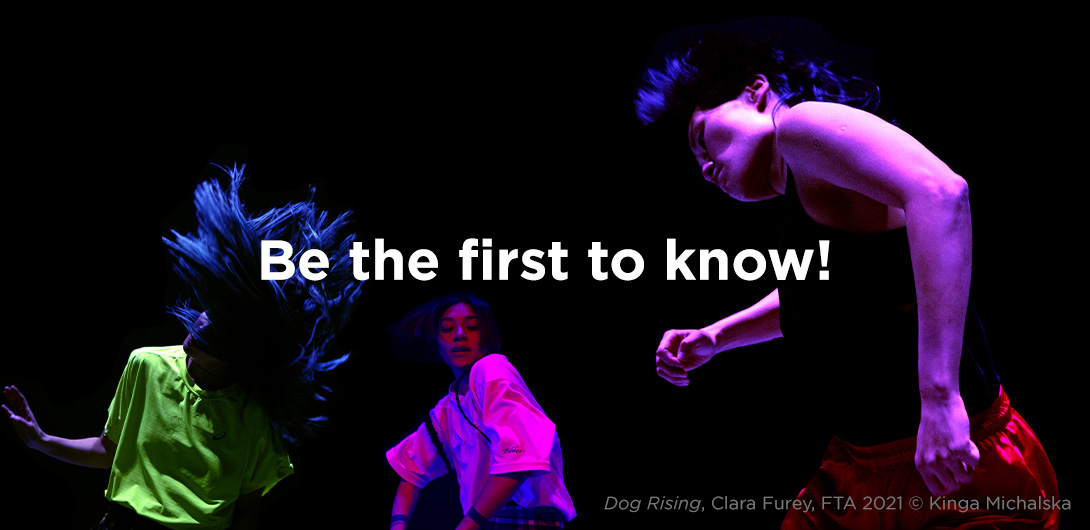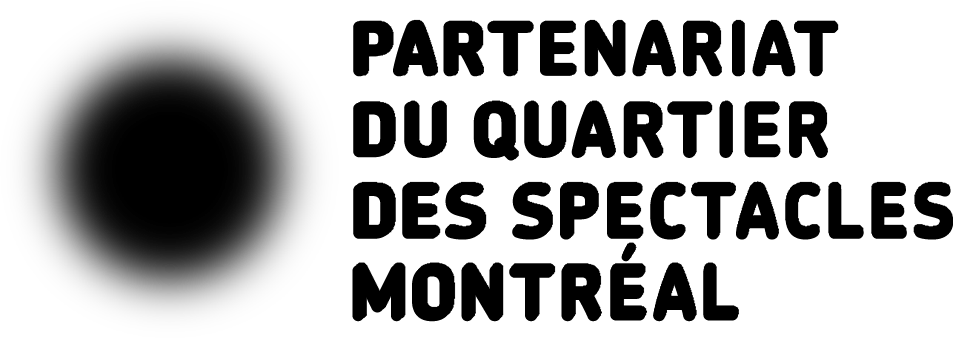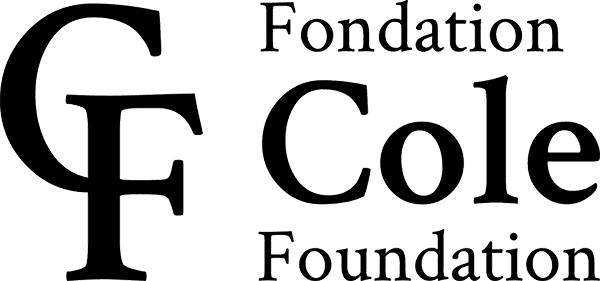How did you come up with the idea of creating a piece about cleaning?
The last piece we did, aCORdo, was a simple performance with a strong political approach, which was very successful. It was a new form for us, outside the frame of theatre, in direct relation with the audience. With Lavagem, we wanted to create a piece where the audience would be even more involved, The piece was first imagined for the audience to be together with the dancers, but this ended up not being possible because of COVID-19. One of the dancers told me he wanted to work with foam. I found so much potential in foam: it can be very poetic, evoking dreams, hope, beauty. or even allude to pollution. The foam allows us to indirectly address racism: covering a black body with foam dyes it white, at the same time it evokes cleanliness. But what cleanliness should we talk about? wouldn’t it be cleaning up racism from society, in the sense of extinguishing it?
We worked a lot with contact dance: how can the dancers find points of support, dance together with their bodies close? something missing here? Maybe “dance with their bodies close”. The piece has a very artisanal proposal, to show the work being done. When we prepare foam, we wanted everyone to be able to see the process, we didn’t want to hide anything.
Did working with wet, slippery bodies present physical, acrobatic challenges?
Wet bodies slip. When wet bodies touch and are carried by others, they risk of not standing or falling. The performers are placed in a perilous situation, where they need each other to keep moving and dancing. But it also makes certain movements easier, movements that would be impossible to do if we weren’t sliding around, or at least it would be impossible to do them like this.
The scene where the bodies slide against each other is also reminiscent of childbirth. I see it as an invitation to continuous rebirth, to the struggles that we have to face, some of us more than others. It’s an image related to the struggles we face in Brazil, but anywhere else too. It’s hard, it takes a lot of strength, but struggling offers an opportunity to reinvent yourself; we find ourselves in a position of resistance. That same scene is suggestive of the rebirth, over and over again, which living requires. Childbirth in particular is bizarre—the clinical cleanliness of the hospital and the dirty, animal side of humans, and blood and shit mixed in. I’m interested in that contradiction.
You work with dancers from different backgrounds, sometimes from the favelas. Who are the dancers in Lavagem?
Some of them have been working with me for over 10 years. They know my language, and their background is contemporary dance. Others joined the company for this piece. I like working with dancers with different styles, who don’t necessarily come from contemporary dance. One was a pole dancer, another has ballet training and has also done Olympic gymnastics and Afro dance, another does passinho, a dance from the favelas of Rio. I like the variety of the artists.
In Brazil, society is very divided: people study European and American contemporary dance techniques, but there are many informal dances that aren’t presented in theatres or in the media. They’re strong dances, street art, a combination of several styles passed on from generation to generation. I like to combine those complex traditional dances with contemporary dance in my work. The mix of cultures and influences makes the process richer, and broadens the expressive range.
How does your training in psychoanalysis influence your approach to dance?
I like to give the dancers open space to to express themselves, and not impose my ideas. I leave a lot of room for each person’s imagination around the topics we discuss. I want to create an environment where they’re free to express their dreams and memories, which is similar to the relationship of trust established in psychoanalysis, where you’re invited to set aside your conscious self. In the same way, I have to pay attention and seize the moments when we arrive at something interesting and significant in our explorations and research. My imagination works the same way: I trust free association, my impulses, and those of the group. I don’t just immediately try to understand.










